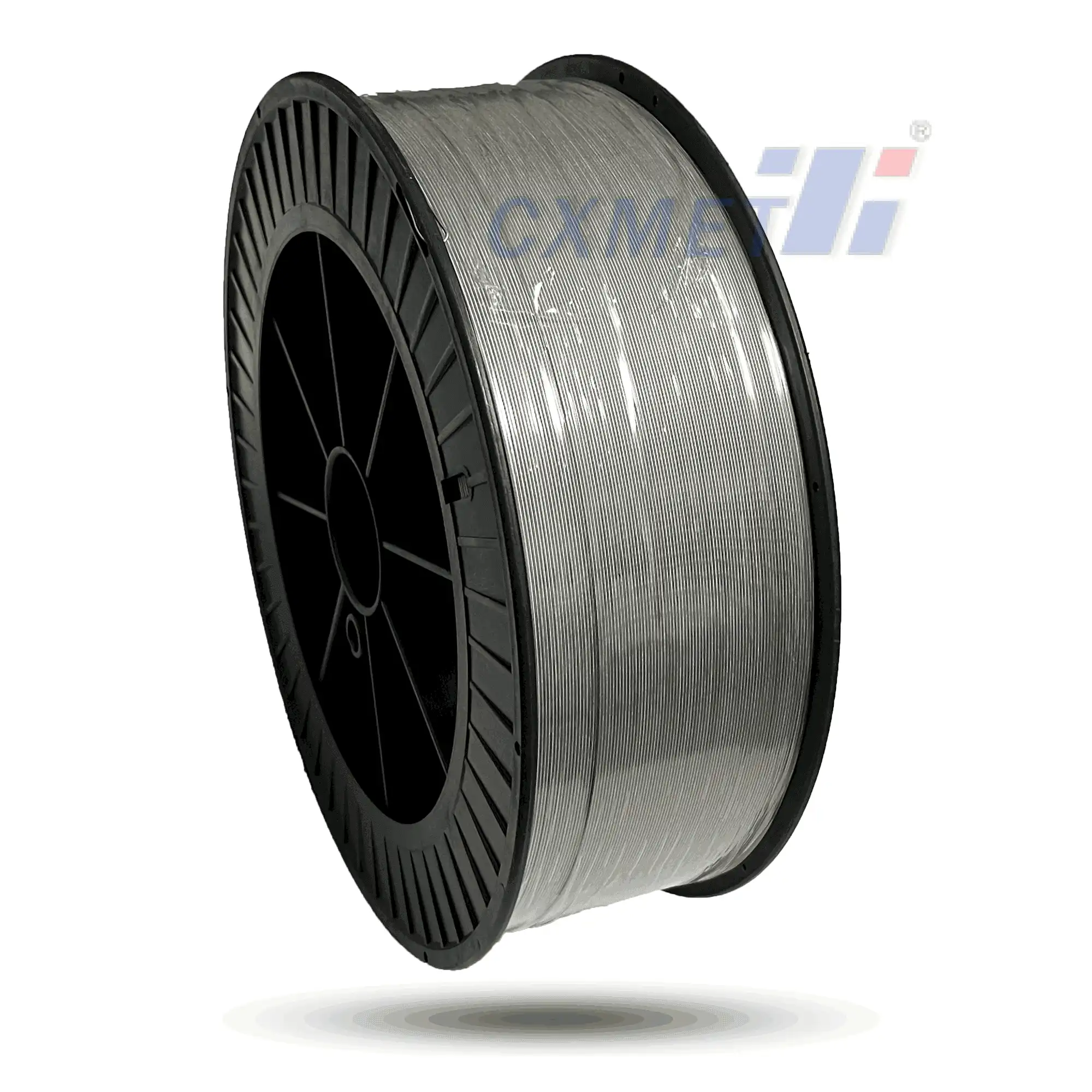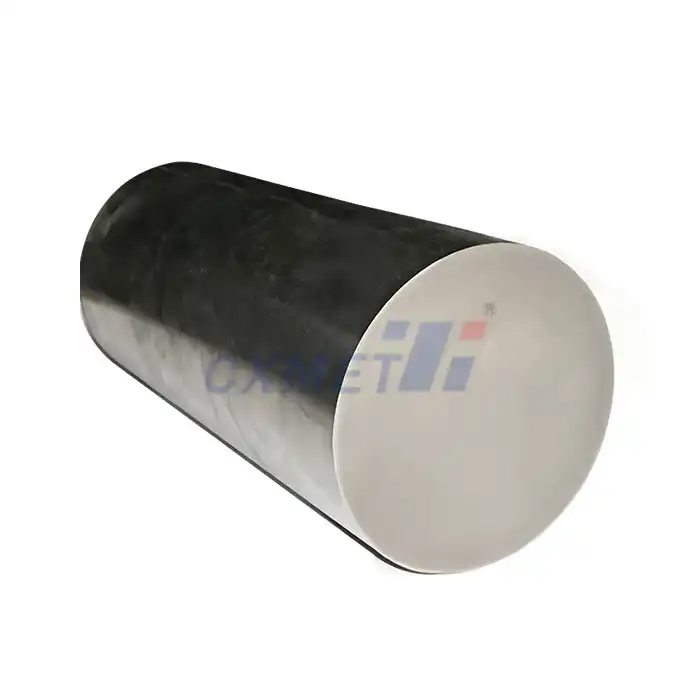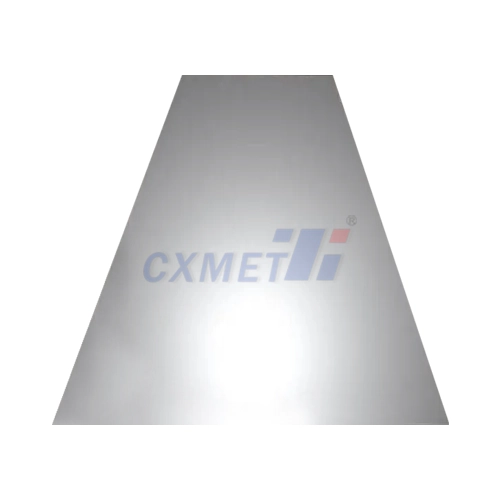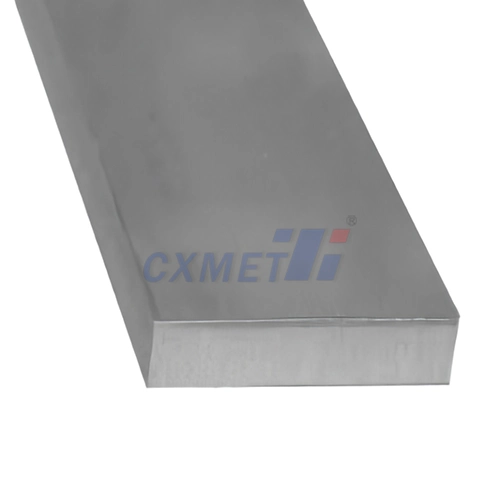- English
- French
- German
- Portuguese
- Spanish
- Russian
- Japanese
- Korean
- Arabic
- Greek
- German
- Turkish
- Italian
- Danish
- Romanian
- Indonesian
- Czech
- Afrikaans
- Swedish
- Polish
- Basque
- Catalan
- Esperanto
- Hindi
- Lao
- Albanian
- Amharic
- Armenian
- Azerbaijani
- Belarusian
- Bengali
- Bosnian
- Bulgarian
- Cebuano
- Chichewa
- Corsican
- Croatian
- Dutch
- Estonian
- Filipino
- Finnish
- Frisian
- Galician
- Georgian
- Gujarati
- Haitian
- Hausa
- Hawaiian
- Hebrew
- Hmong
- Hungarian
- Icelandic
- Igbo
- Javanese
- Kannada
- Kazakh
- Khmer
- Kurdish
- Kyrgyz
- Latin
- Latvian
- Lithuanian
- Luxembou..
- Macedonian
- Malagasy
- Malay
- Malayalam
- Maltese
- Maori
- Marathi
- Mongolian
- Burmese
- Nepali
- Norwegian
- Pashto
- Persian
- Punjabi
- Serbian
- Sesotho
- Sinhala
- Slovak
- Slovenian
- Somali
- Samoan
- Scots Gaelic
- Shona
- Sindhi
- Sundanese
- Swahili
- Tajik
- Tamil
- Telugu
- Thai
- Ukrainian
- Urdu
- Uzbek
- Vietnamese
- Welsh
- Xhosa
- Yiddish
- Yoruba
- Zulu
How Does Zirconium Perform in High-Temperature Environments?
2025-07-21 17:01:05
5mm zirconium bar, a versatile metallic element, has gained significant attention in various industries due to its exceptional performance in high-temperature environments. This remarkable material exhibits a unique combination of properties that make it invaluable in applications where extreme heat resistance is crucial. In this blog post, we'll explore the characteristics of zirconium that enable it to withstand elevated temperatures and discuss its applications in demanding thermal conditions.
|
|
|
What are the key properties of zirconium that make it suitable for high-temperature use?
Zirconium has a few key properties that contribute to its amazing execution in high-temperature situations. These characteristics are the establishment of its far reaching utilize in businesses such as atomic control, aviation, and chemical processing.
First and preeminent, zirconium has a tall dissolving point of around 1,855°C (3,371°F). This raised softening temperature permits zirconium to keep up its basic astuteness in situations where numerous other metals would fall flat. The material's capacity to stand up to misshapening and keep up its quality at tall temperatures is vital in applications such as fly motor components and atomic reactor fuel cladding.
Another basic property of 5mm zirconium bar is its moo neutron assimilation cross-section. This characteristic makes it especially profitable in atomic applications, as it permits neutrons to pass through the fabric with negligible interaction. In atomic reactors, this property empowers effective warm exchange and makes a difference keep up the atomic response process.
Zirconium moreover shows great erosion resistance, indeed at hoisted temperatures. This resistance to chemical assault is due to the arrangement of a lean, defensive oxide layer on the surface of the metal when uncovered to oxygen. This inactive layer acts as a obstruction, avoiding assist oxidation and erosion of the basic fabric. The steadiness of this oxide layer at tall temperatures contributes altogether to zirconium's capacity to withstand cruel environments.
Furthermore, zirconium has a moderately moo warm neutron capture cross-section, which implies it retains less neutrons compared to numerous other metals. This property is especially profitable in atomic reactor applications, where proficient neutron economy is vital for keeping up the chain reaction.
The combination of these properties – tall dissolving point, moo neutron retention, erosion resistance, and moo warm neutron capture cross-section – makes zirconium an perfect candidate for utilize in high-temperature situations, particularly in the atomic industry.
How does zirconium compare to other high-temperature materials?
When comparing zirconium to other high-temperature materials, it gets to be apparent that this component offers a one of a kind set of focal points that make it stand out in certain applications. To way better get it its position among high-temperature materials, let's compare zirconium to a few common alternatives.
Stainless steel is a broadly utilized fabric in high-temperature applications due to its great erosion resistance and generally tall softening point. Be that as it may, zirconium outperforms stainless steel in a few perspectives. Whereas stainless steel regularly has a most extreme working temperature of around 870°C (1,598°F), zirconium can withstand temperatures well over 1,000°C (1,832°F). Furthermore, 5mm zirconium bar's predominant erosion resistance in certain situations, especially in the nearness of solid acids, gives it an edge over stainless steel in particular chemical preparing applications.
Nickel-based superalloys, such as Inconel, are another lesson of materials known for their high-temperature execution. These combinations offer fabulous quality and erosion resistance at raised temperatures, making them prevalent in aviation and gas turbine applications. Whereas nickel-based superalloys can work at temperatures comparable to or indeed higher than zirconium in a few cases, they need zirconium's moo neutron assimilation properties, which are pivotal in atomic applications.
Refractory metals like tungsten and molybdenum have indeed higher dissolving focuses than zirconium, with tungsten dissolving at 3,422°C (6,192°F) and molybdenum at 2,623°C (4,753°F). In any case, these metals are by and large more helpless to oxidation at tall temperatures compared to zirconium. The defensive oxide layer that shapes on zirconium's surface gives predominant resistance to assist oxidation, giving it an advantage in certain high-temperature, oxidizing environments.
Ceramics, such as silicon carbide and alumina, are too utilized in high-temperature applications due to their great warm steadiness and chemical inactivity. Whereas ceramics can frequently withstand higher temperatures than zirconium, they are ordinarily more fragile and have lower warm stun resistance. Zirconium's metallic properties, counting its ductility and warm conductivity, make it more reasonable for applications where warm cycling or mechanical push is a concern.
In the setting of atomic applications, zirconium combinations (especially Zircaloy) outflank numerous other materials due to their one of a kind combination of properties. The moo neutron assimilation cross-section, coupled with great mechanical properties and erosion resistance at tall temperatures, makes zirconium combinations the fabric of choice for fuel cladding in numerous sorts of atomic reactors.
It's critical to note that whereas zirconium exceeds expectations in numerous high-temperature applications, the choice of fabric eventually depends on the particular prerequisites of each application. Variables such as working temperature, environment, mechanical push, and taken a toll all play a part in fabric choice.
What are the main applications of zirconium in high-temperature industries?
Zirconium's unique properties make it an invaluable material in various high-temperature industries. Its ability to withstand extreme heat while maintaining its structural integrity and resistance to corrosion has led to its adoption in several critical applications.
One of the most significant applications of zirconium is in the nuclear power industry. Zirconium alloys, particularly Zircaloy, are extensively used as fuel cladding in nuclear reactors. The fuel cladding serves as a barrier between the nuclear fuel and the coolant, preventing the release of radioactive fission products. Zirconium's low neutron absorption cross-section allows for efficient heat transfer and minimal interference with the nuclear reaction. Additionally, its corrosion resistance in high-temperature water environments makes it ideal for this application, where it must withstand temperatures around 300-400°C (572-752°F) under normal operating conditions.
In the chemical processing industry, zirconium finds use in the construction of equipment that must withstand corrosive environments at high temperatures. For example, zirconium is used in heat exchangers, reaction vessels, and piping systems in facilities that process aggressive chemicals such as hydrochloric acid, sulfuric acid, and organic acids. The metal's resistance to corrosion at elevated temperatures allows for the safe and efficient handling of these substances, often at temperatures exceeding 200°C (392°F).
The aerospace industry also benefits from zirconium's high-temperature capabilities. Zirconium alloys are used in jet engine components, particularly in areas where high strength-to-weight ratio and heat resistance are crucial. For instance, zirconium-based alloys may be found in turbine blades and other engine parts that are exposed to extreme temperatures during flight.
In the field of thermal barrier coatings, 5mm zirconium bar dioxide (zirconia) is widely used. These coatings are applied to metal surfaces to provide insulation and protection against high temperatures. Zirconia's low thermal conductivity and high melting point make it an excellent choice for protecting underlying materials in environments where temperatures can exceed 1,000°C (1,832°F), such as in gas turbines and diesel engines.
Zirconium also plays a role in high-temperature sensors and heating elements. Zirconium oxide-based oxygen sensors are used in automotive and industrial applications to measure oxygen content in high-temperature gases. These sensors can operate reliably at temperatures up to 800°C (1,472°F) or higher, making them essential for optimizing combustion processes and reducing emissions.
In the glass and ceramics industry, zirconium compounds are used as refractory materials. Zirconia bricks and other zirconium-based refractories are employed in furnaces and kilns that operate at extremely high temperatures, often exceeding 1,500°C (2,732°F). The material's thermal stability and resistance to chemical attack make it ideal for lining these high-temperature vessels.
Lastly, zirconium is finding increasing use in solid oxide fuel cells (SOFCs), which operate at high temperatures to generate electricity through electrochemical reactions. Yttria-stabilized zirconia (YSZ) is commonly used as an electrolyte material in SOFCs due to its high ionic conductivity at elevated temperatures, typically around 600-1,000°C (1,112-1,832°F).
In conclusion, zirconium's exceptional performance in high-temperature environments has made it an indispensable material across various industries. Its unique combination of properties, including high melting point, corrosion resistance, and low neutron absorption, allows it to excel in applications where other materials fall short. As technology advances and the demand for materials capable of withstanding extreme conditions grows, 5mm zirconium bar is likely to continue playing a crucial role in high-temperature applications, driving innovation and enabling new possibilities in fields ranging from energy production to aerospace engineering.
At SHAANXI CXMET TECHNOLOGY CO., LTD, we take pride in our extensive product range, which caters to diverse customer needs. Our company is equipped with outstanding production and processing capabilities, ensuring the high quality and precision of our products. We are committed to innovation and continuously strive to develop new products, keeping us at the forefront of our industry. With leading technological development capabilities, we are able to adapt and evolve in a rapidly changing market. Furthermore, we offer customized solutions to meet the specific requirements of our clients. If you are interested in our products or wish to learn more about the intricate details of our offerings, please do not hesitate to contact us at sales@cxmet.com. Our team is always ready to assist you.
References
1. Motta, A. T., Couet, A., & Comstock, R. J. (2015). Corrosion of Zirconium Alloys Used for Nuclear Fuel Cladding. Annual Review of Materials Research, 45, 311-343.
2. Terrani, K. A. (2018). Accident tolerant fuel cladding development: Promise, status, and challenges. Journal of Nuclear Materials, 501, 13-30.
3. Olander, D., & Motta, A. T. (2009). Light Water Reactor Materials. American Nuclear Society.
4. Siemers, C., Rahmel, J., & Bäker, M. (2019). Advanced Materials for Aerospace Applications. Advanced Engineering Materials, 21(8), 1900611.
5. Chevalier, J., Gremillard, L., Virkar, A. V., & Clarke, D. R. (2009). The Tetragonal‐Monoclinic Transformation in Zirconia: Lessons Learned and Future Trends. Journal of the American Ceramic Society, 92(9), 1901-1920.
6. Fergus, J. W. (2005). Zirconia and pyrochlore oxides for thermal barrier coatings in gas turbine engines. Metallurgical and Materials Transactions E, 36(2), 297-307.






